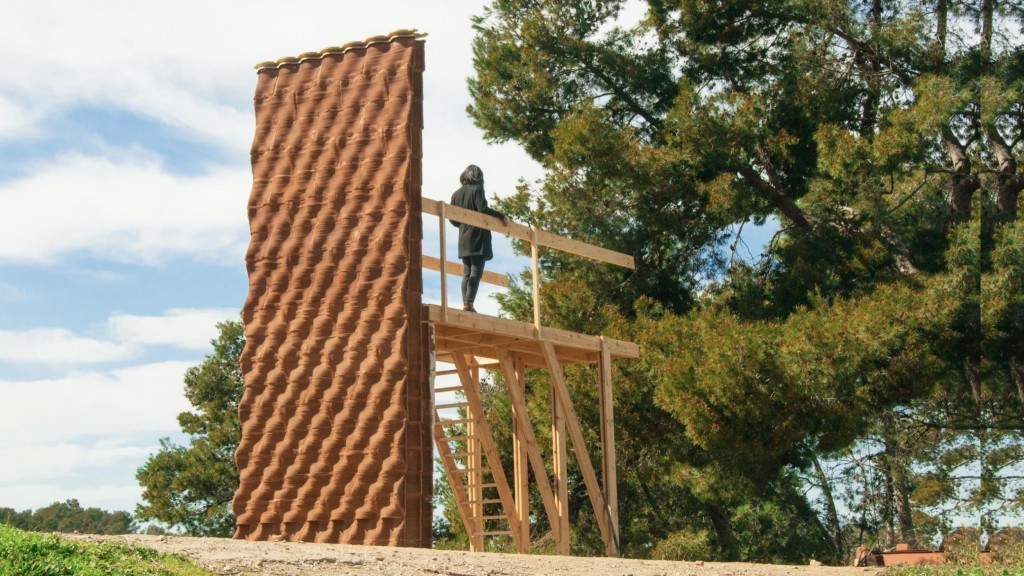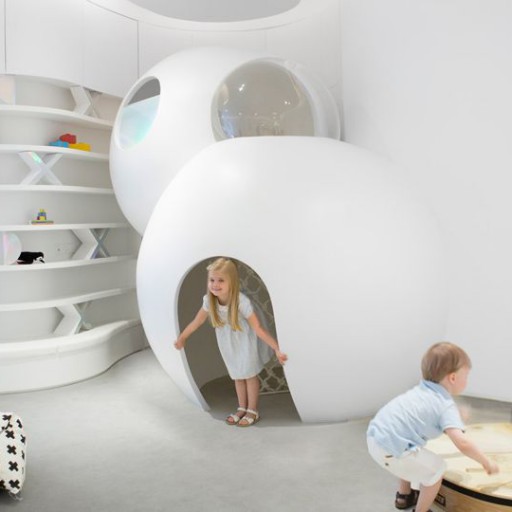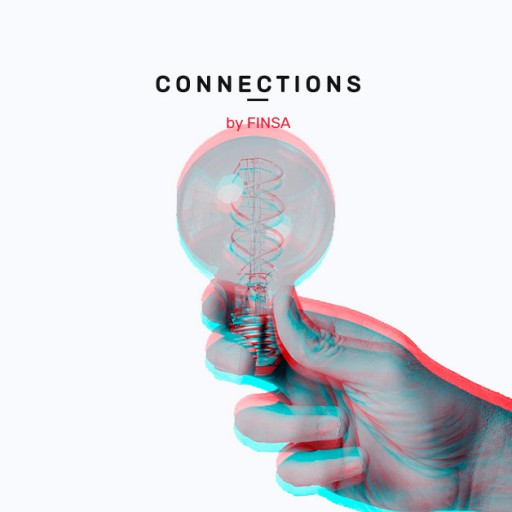In a recent interview with Entrepeneur magazine, professor of Innovation and Technology at IE Business School Enrique Dans said that “we need to have a hacker mentality, without any of the negative connotations, if we really want to understand a system and come up with alternatives ways of working with it”. Hacker culture can give rise to new ways of approaching design at a time when we need to start thinking out of the box more than ever.
Hacker culture outside of tech
Dans says that isomorphism and the replication of models don’t stimulate progress or innovation in any sector. The pandemic has seen reinvention that goes beyond digital transformation. As founder of HackerOne Marten Mickos said: “We used to think that people are the problem and tech is the solution. It is actually the other way around”.
Even in our highly technologized, digitalized world, the main source of capital is still human, not robotic. We’ve seen this in the maker movement and fixer community, both of which are focused on sharing how to repair and explore the different possible uses of daily objects. They show how common problems can be solved by communities.
Platforms like Uber and Airbnb have demonstrated that conservative fields like private transport and property rental can be disrupted, albeit not without problems. How did they do it? By focusing on a system’s weaknesses and vulnerabilities i.e., soulless hotels and outrageous prices in the case of Airbnb and, for Uber, the lack of control the customer has over the route a private vehicle with a driver can take. Using a hacker mentality, they found solutions to these problems.

How to hack architecture and interior design
Can the hacker approach be applied to architecture and interior design? When we spoke to Tomas Garcés, the founder of FirstBuild, he spoke about how his desire to rethink systems came from growing up in a family of designers and architects.
We need to have an innovation mindset when approaching design while also adapting to our desired scale, keeping in mind that architecture and interior design cover everything from furniture to entire buildings.
Architect Izaskun Chinchilla is a big fan of hacking furniture and defines the methodology as “an inspiration for creators that want to send the message that anything can be transformed into something unexpected”. Chinchilla herself has modified and transformed industrial furniture for several projects, showing she can walk the walk as well as talk the talk.
Ver esta publicación en Instagram
Hacking in interior design can be almost anything, from designing an easily adaptable flat to printing 3D structures. Enorme Estudio describes the former as “living big in small spaces”, something that many people had to do during lockdowns by hacking their own homes and turning their kitchens into, as the team at Enorme Estudio described it, “research labs”.
Ver esta publicación en Instagram
3D printing will result in more sophisticated hacking in the future. According to this report, demand for this tech in the market is expected to reach 91% over the next seven years. The Institute for Advanced Architecture of Catalonia describes this type of hacking as “inventing a new type of construction” in which all that’s needed is proper development.
Would you like to be an architecture and interior design hacker? Share your thoughts on social media using #ConnectionsByFinsa.




